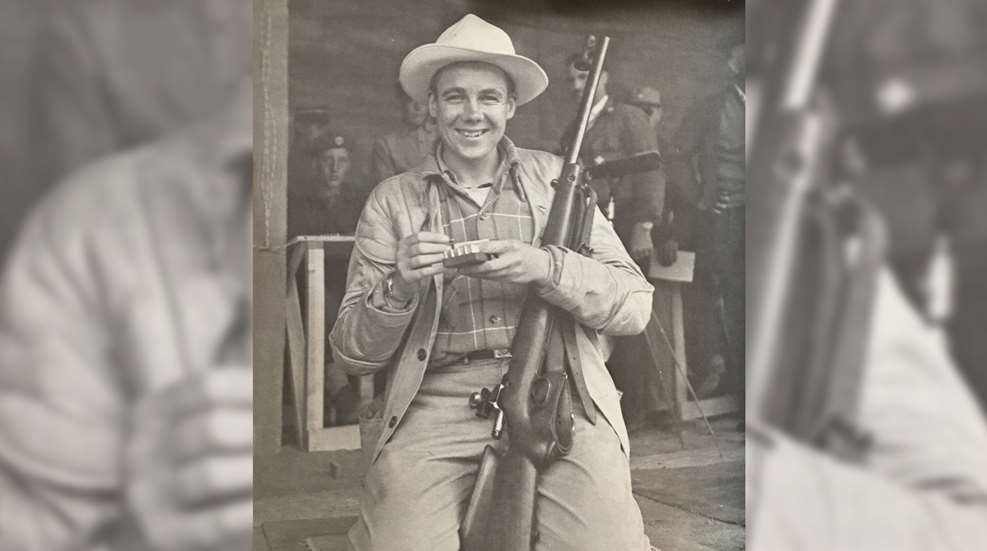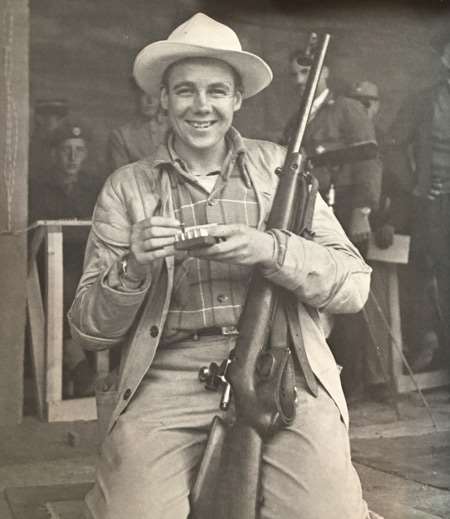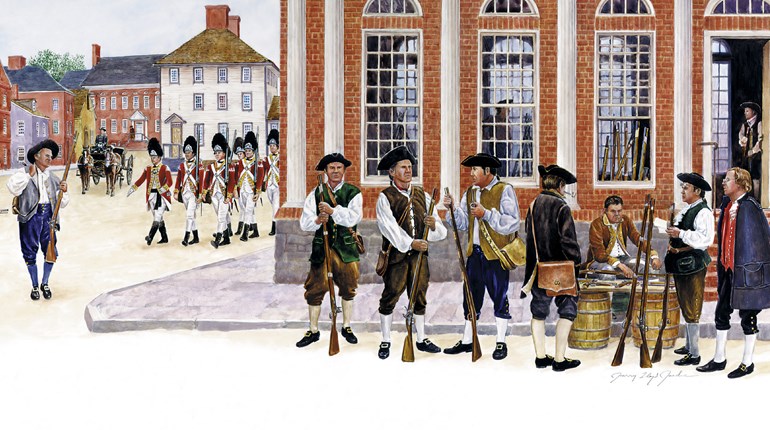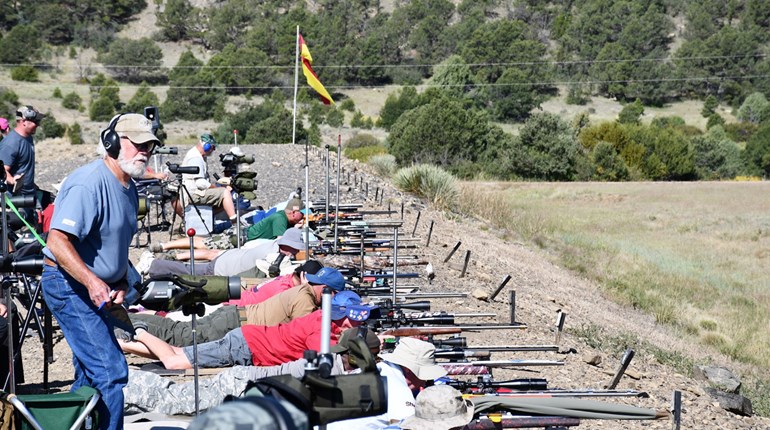
The below is an excerpt from the 1978 book, Olympic Shooting, written by Col. Jim Crossman and published by the NRA.
International Shooting Reorganizes After World War II
By Colonel Jim Crossman
International shooting competition ceased after the 1937 UIT World Championships in Helsinki, Finland. When peace came in late 1945, the soldiers of many nations were quickly returned to civilian life and peacetime pursuits.
A meeting of the International Shooting Union was held early in 1946 to plan the resumption of international shooting competitions. The United States was represented at that meeting by Brig. Gen. Merritt A. Edson, USMC. Gen. Edson sought to get an American rifle match fired at 200, 300, 400 and 600 yards, and an American-style pistol match included in the postwar shooting program.
The first postwar World Championships of the International Shooting Union were held on the Stora Skugen rifle and pistol range outside Stockholm in August 1947. Eighteen European nations and Argentina and Egypt sent squads varying in size from 6 to 40 men (the English) to compete.
The United States was represented by one man, Lt. Col. Noah J. Rodeheffer, USMC, who was sent by the NRA as the delegate to the UIT meetings.
It is interesting to note that Greece, whose financial plight following World War II made it necessary for the United States to contribute direct aid in money and materials, sent its representatives to Stockholm in a Greek Army plane furnished by the United States. The U.S. was unable to circumvent the red tape involved in securing transportation for a team and was represented only by Col. Rodeheffer, who flew commercial airlines to Stockholm.
The following results of that meeting were reported in American Rifleman, October 1947, page 42:
In the Shooting Union meeting August first and second, several things were accomplished which will be of interest to American shooters. For one, the amateur rule of the Union was clarified, particularly as it impinged upon Olympic competition. The United States has long been reluctant to participate in Olympic shooting activities because of a vague rule defining amateur status. It was felt that some of the national shooting societies on the Continent read a rather different meaning into the "amateur" rule than could be read into English translations.
The new amateur rule, which has not yet been passed upon by the Olympic Rules Committee, is reasonably specific. It says that amateurs will not include: (a) Those who give paid exhibitions in marksmanship; (b) those who professionally test guns (this is the only ambiguous phrase in the rule and will need clarification); (c) those who professionally instruct in marksmanship (this does not include members of the armed services who instruct recruits). A man's shooting activities for the two years prior to Olympic participation will determine his amateur standing. Money not in excess of eight dollars a day or forty dollars a week may be accepted without an accounting and without affecting a person's amateur standing. Prizes in excess of these sums must be reported to his club and, if the winner is to retain an amateur standing, he may retain only such amount as will cover his actual expenses, including entrance fees, ammunition, and living and traveling costs as defined by the International Olympic Committee.
It was also determined that the shooting portion of the 1948 Olympic program was to be limited to a 300-meter free rifle, three-position match; a 50-meter, 60-shot prone, .22 caliber rifle match; a 50-meter, 60-shot free pistol match and a five-bobber pistol match similar to that fired at Stockholm. This program is unsatisfactory to many nations other than the United States, and the Finns announced that at the Olympics of 1952, to be held in Finland, a much broader program including service rifle events would be fired.
Thus were the ground rules laid down for the postwar resumption of international target shooting.

Lead photo: Arthur E. Cook won a gold medal during the London Olympic of 1948 at the tender age of 18. We will see more from Cook, who sadly passed away in February 2021, in future installments of our retrospective on U.S. Olympic shooting history. Photo from the NRA archives.
Read more: The 1932 Los Angeles Olympic Games Fiasco

































